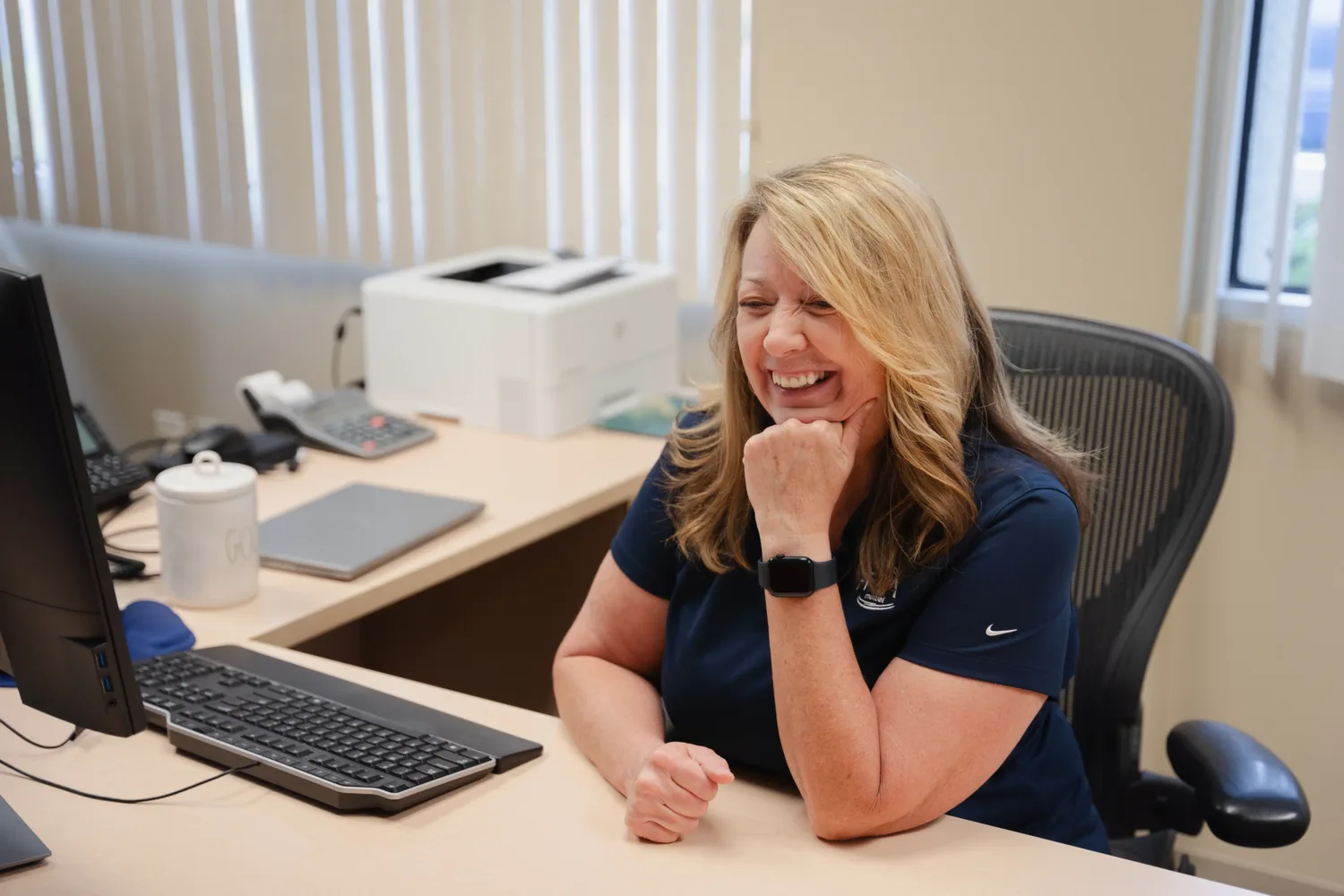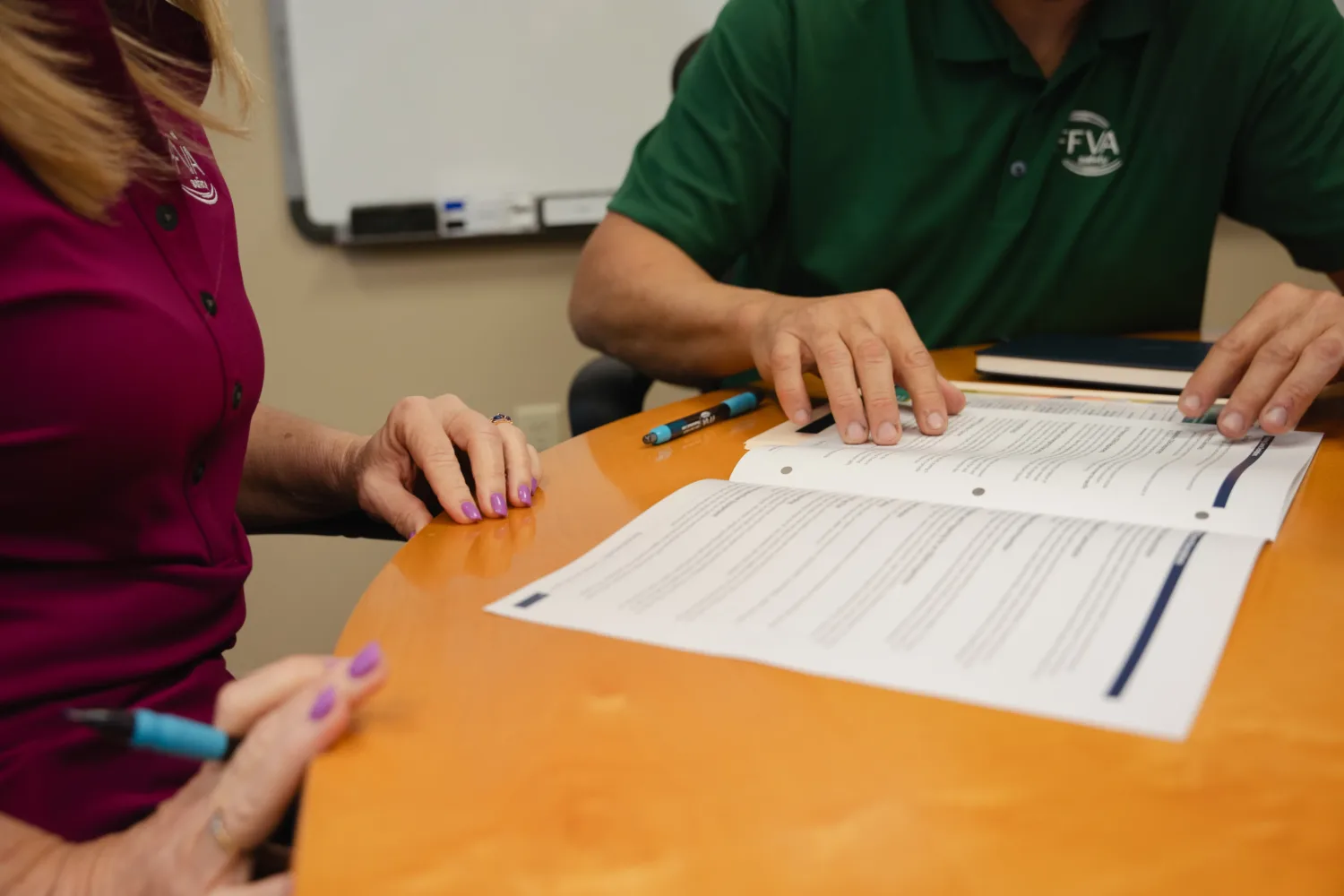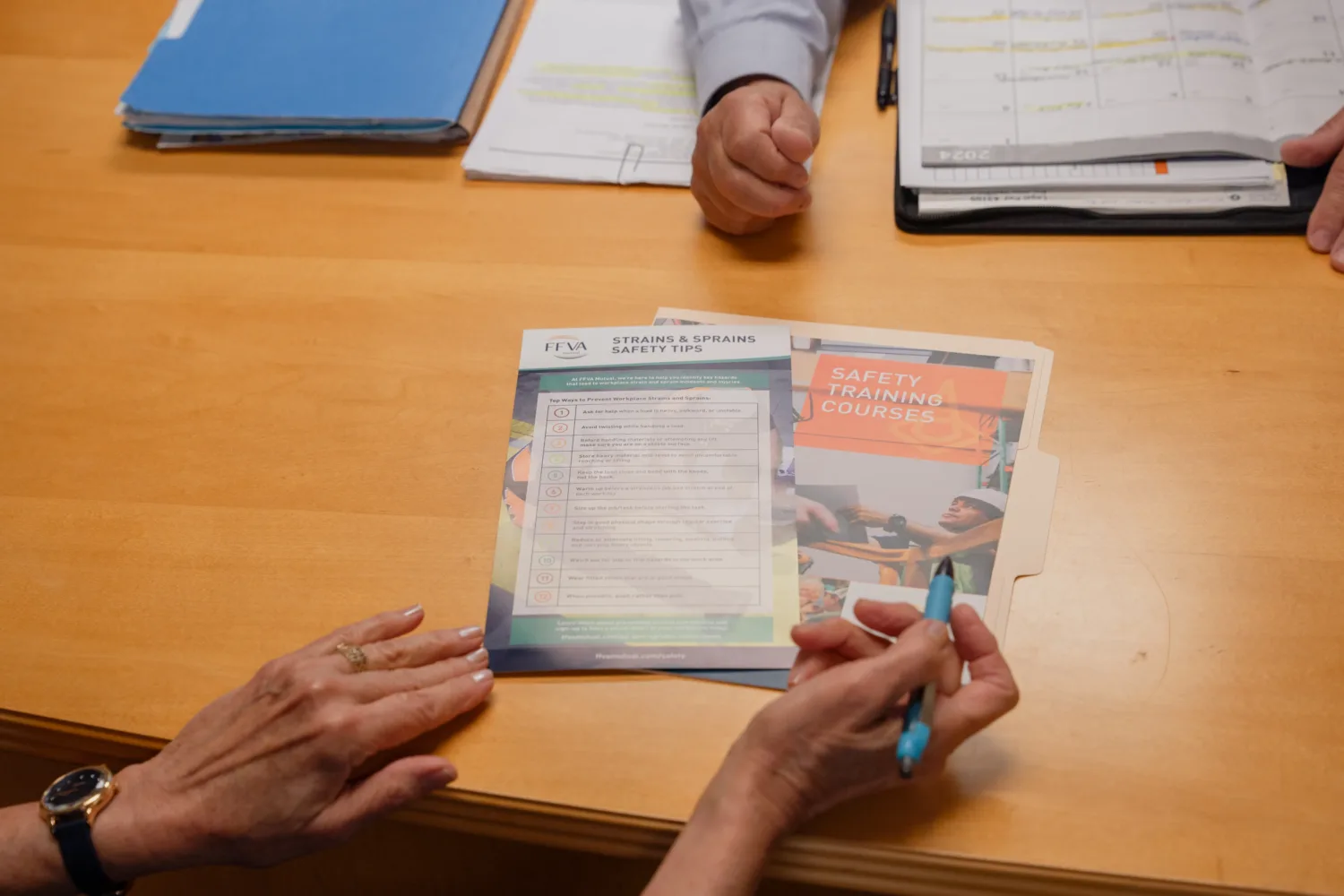The first step to a successful safety program
To help employees stay safe at work, employers across the country should look to create a forward-looking safety policy statement that will become the building block for a successful safety program.
During National Safety Month, the National Safety Council (NSC) shined a spotlight on several key topics, including mental health, ergonomics and defensive driving. Alongside these more tangible themes, the NSC also emphasized the need to build a safety culture in the workplace that can adapt to new challenges, develop innovative solutions and promote collaboration between employees and management.
Cultivating a culture of safety is often a top-down initiative, especially for large organizations with hundreds of employees spread out across multiple worksites. However, employers of all sizes can make significant headway by reviewing and improving their workplace safety programs. These written documents provide essential health and safety guidelines aimed at eliminating hazards, protecting workers and reducing accident rates. Senior management should play an active role in the development of their workplace safety programs, as their perspectives help shape the attitudes and actions of employees throughout their organizations. In particular, business leaders must carefully craft a safety policy statement that reflects their philosophy and aligns with the organization’s core values, beliefs and goals.
What is a Safety Policy Statement?
A safety policy statement is a written document that expresses an organization’s commitment to employee well-being, outlines specific safety goals and establishes a framework for achieving those goals. Safety policy statements serve many different purposes and each one should be customized to fit a particular the unique needs of the company to ensure it’s both effective and relevant to the industry.
The benefits of an effective safety policy statement are wide reaching, such as:
- Simplifying the enforcement of safe practices and work conditions
- Making it easier for supervisors to comply with safety policies
- Encouraging employees to uphold safety guidelines and procedures
- Allowing employers to explain and defend their safety program in a court of law
- Establishing a top-to-bottom safety culture in the workplace
Unlike other safety-focused documents, this statement should be written in a personal, sincere way from the perspective of senior management or an assigned safety director. This helps add a human touch and provides a top-down view of an organization’s philosophy, values and long-term safety goals.
Once written, the safety policy statement should be signed by the chief executive officer, president, safety director and/or owner to reinforce senior management’s commitment to the well-being of all employees. The document should also be provided to every worker and added to the safety program to make it more accessible for internal stakeholders.
Tips for Crafting a Safety Policy Statement
Creating a new safety policy statement can feel like a daunting task, but the formatting and wording is less important than being clear and consistent. Senior management should take time to think through their long-term safety goals and develop a hierarchy of responsibilities that can guide these efforts. However, since workplaces and market conditions are constantly changing, employers should review their safety policy statements regularly to ensure everything is on the right track.
A well-crafted safety policy statement – which is usually included as the first section of a workplace safety program – should contain the following considerations:
- The purpose of the safety program
- Specific standards that will help guide the safety program
- Key areas covered by the workplace safety program (on-site, off-site, public, etc.)
- Who is assigned safety-related responsibilities and what their duties entail
- Who is in charge of managing and administering the safety program
When customizing a safety policy statement, management should consider the specific hazards and working conditions their employees face. This insight can help prioritize vital workplace safety initiatives and demonstrate awareness of common, day-to-day risks across worksites. Keep in mind, one of the main goals of a safety policy statement is to recognize employee safety as a core company value, so be sure to emphasize the crucial role workers play in the success of their organization. Other useful considerations include:
- Keep it brief: Safety policy statements don’t need to be long or complex to achieve their desired goals. Instead, senior management should focus on crafting an accessible, easy-to-understand document that captures their true commitment to employee health and safety. It’s also important to eliminate any fluff or ambiguity in favor of honest, straightforward language. This will help ensure all employees, at every level, can understand how the safety policy statement directly impacts their day to day roles and responsibilities.
- Emphasize the role of leadership and management: The best way to make a safety policy statement useful to front-line workers is clearly define the roles and responsibilities of those in management positions. Should an accident occur, the safety policy statement can inform employees of who to contact and what steps they should take post-incident. Handing out the document at new hire orientations and in physical workplaces can also help reinforce a chain of command during emergency situations.
- Encourage worker participation: Building a safety culture in the workplace is a team effort. While senior management may be responsible for charting the course of safety programs, it’s important to give employees a voice in safety. Incorporating input from other workers can help improve existing policies and procedures. This collaboration can also positively reflect business leaders’ commitment to employee health and safety by giving them a seat at the table.
- Create a clear support framework: When creating a safety policy statement, it’s easy to fall into the trap of saying all the “right things” without offering real, actionable information. While it’s important to emphasize that workplace safety is a core value, senior management must back these claims up by providing a clear support framework. For example, mentioning that employees will be provided with comprehensive safety training from a specific member of the management team or safety director can give them someone to turn to when things go wrong.
Click here for a safety policy statement example.
At FFVA Mutual, we’re committed to helping employers cultivate a safety culture in the workplace, lower their workers’ comp costs and protect employees. Our in-house, expert team of safety consultants can work with you to assess and customize your safety policy statement in ways that meaningfully support your entire workforce.
If you’re a current policyholder, reach out to a safety Solutionist to transform your safety policy statement into a tailored document that meets your present and future needs.































